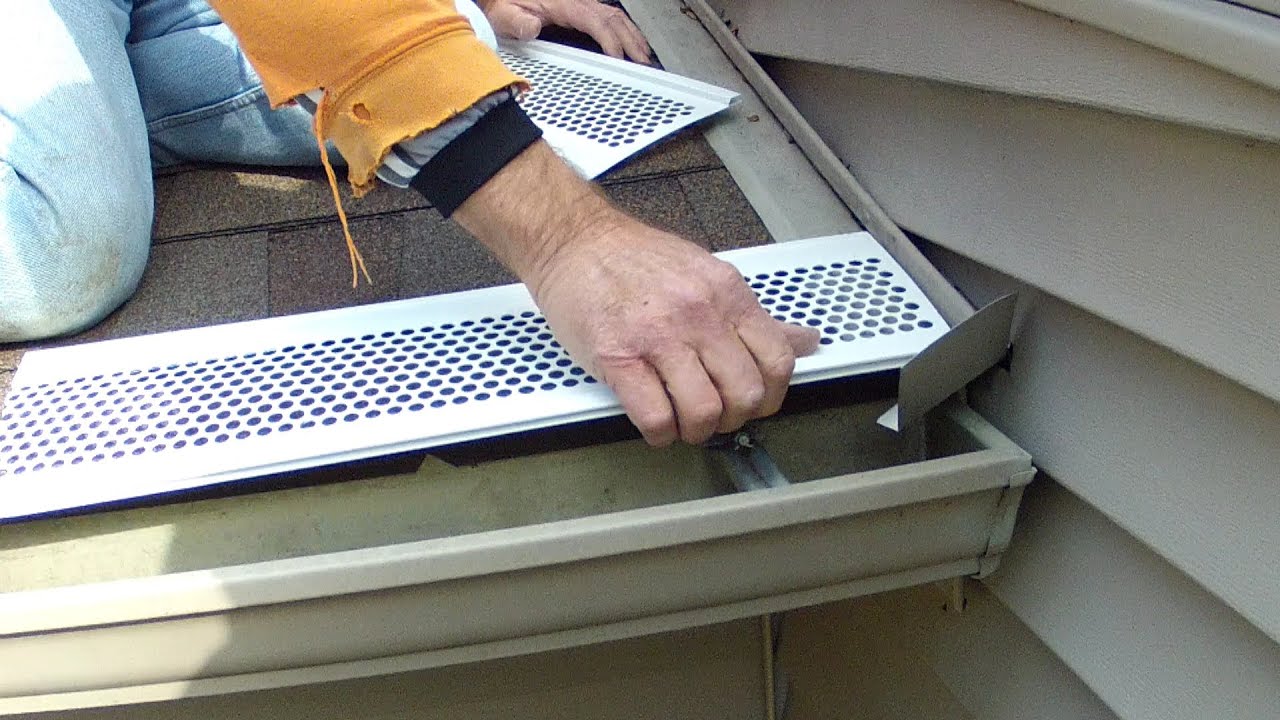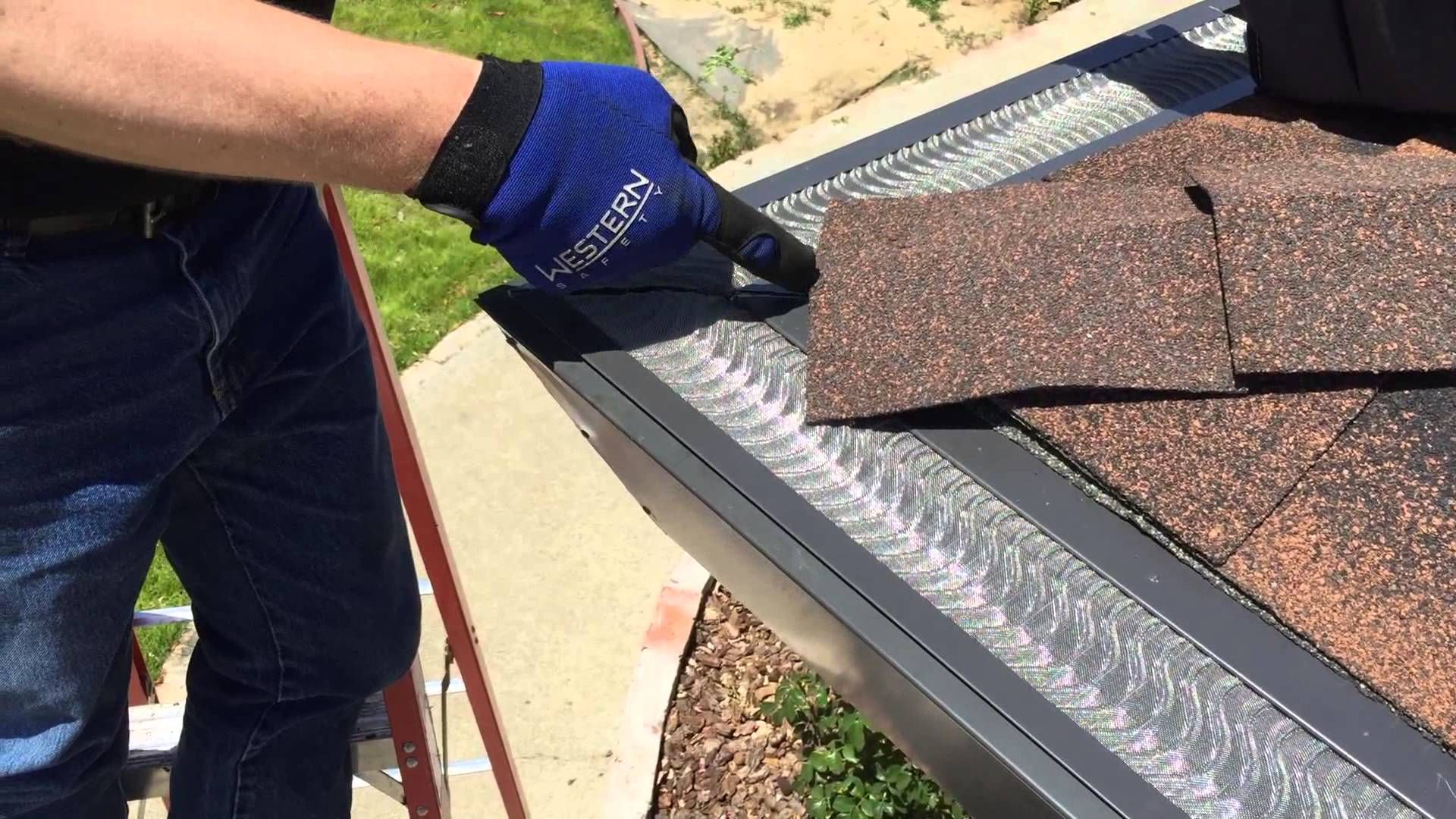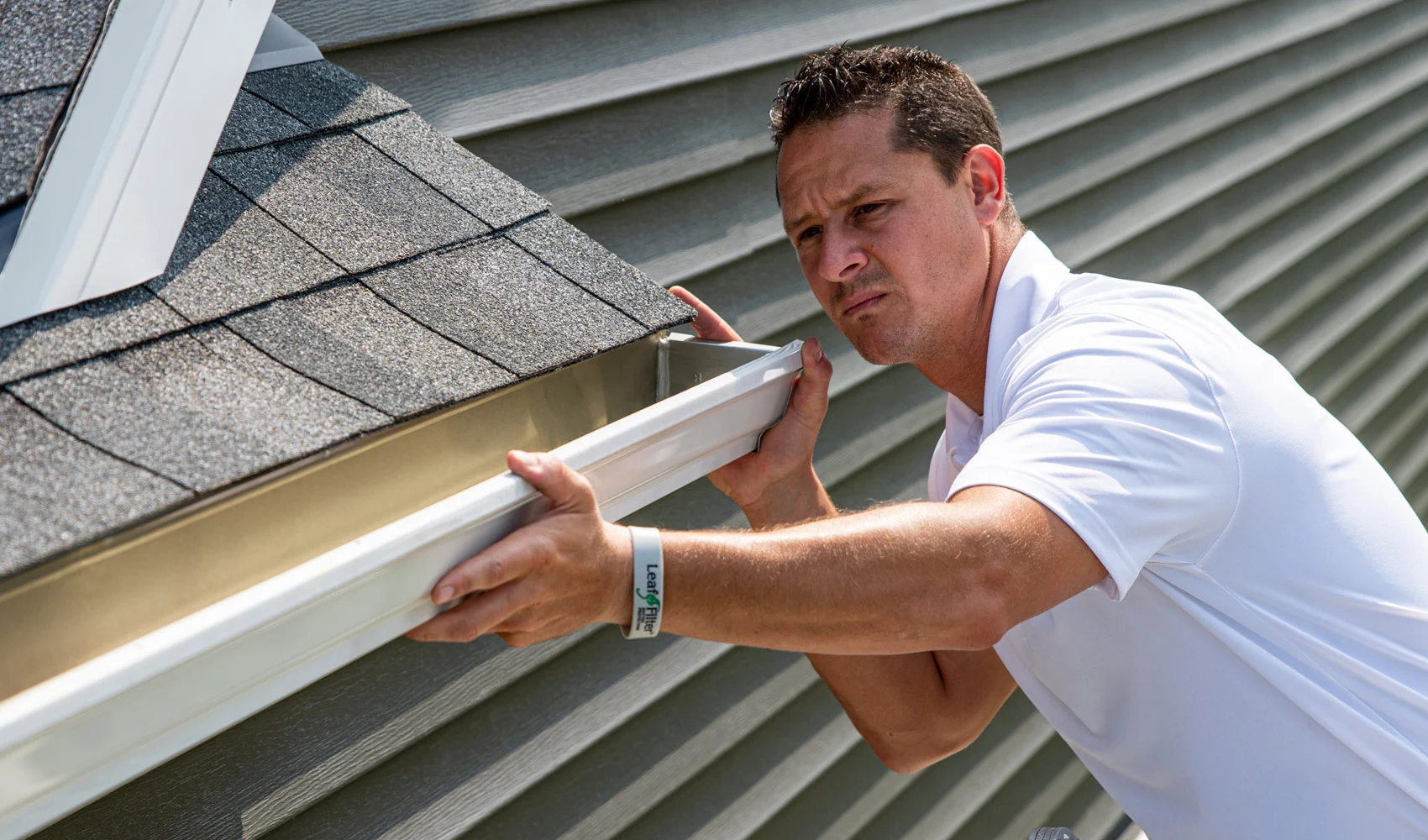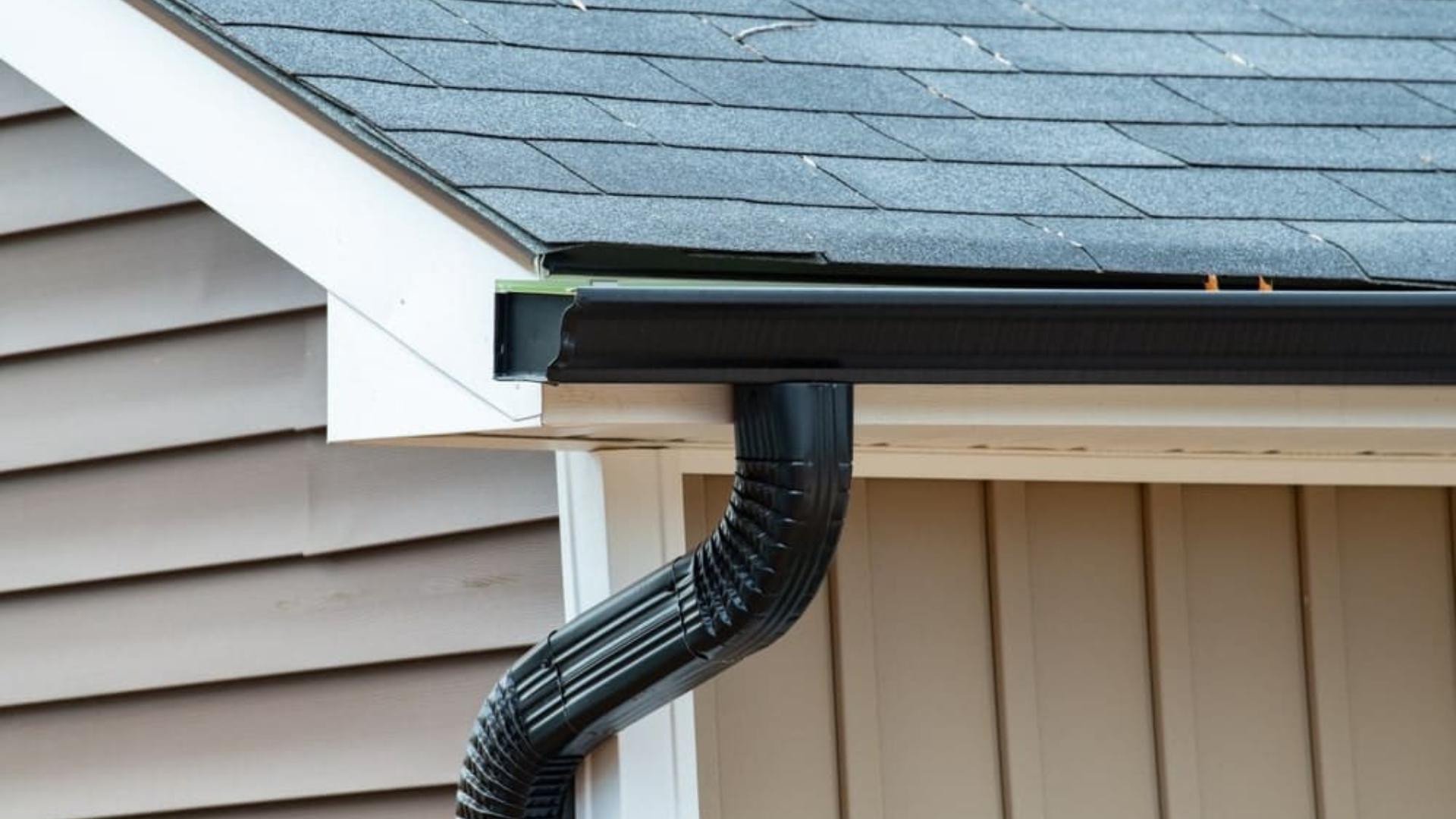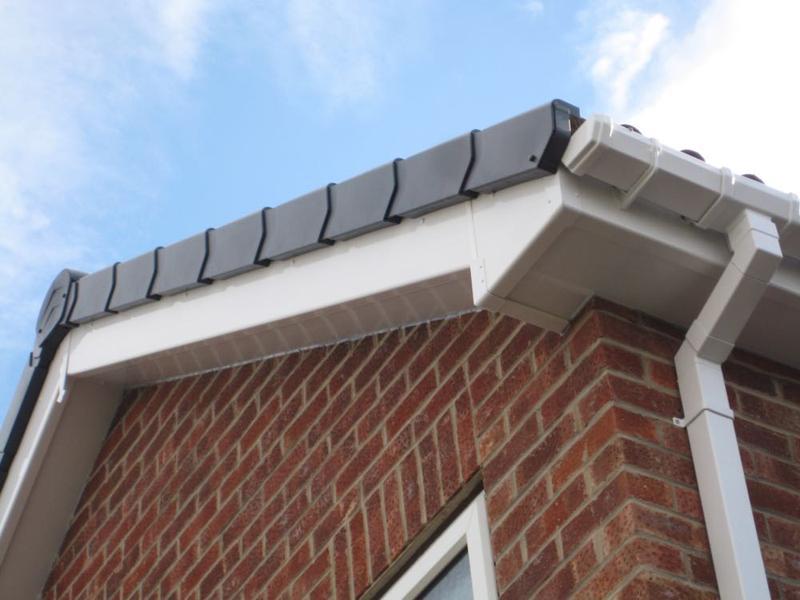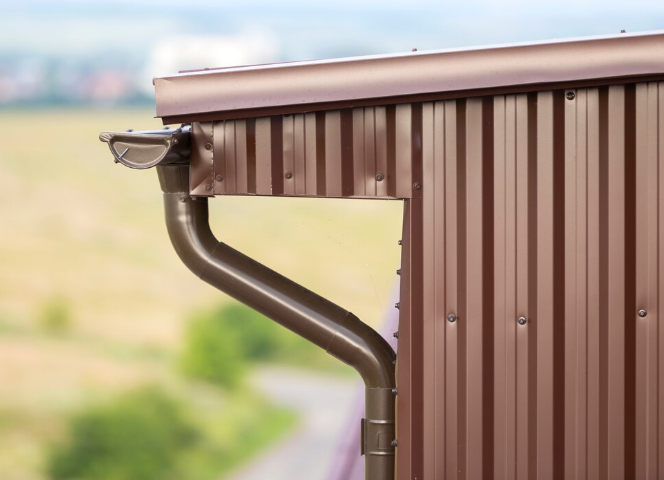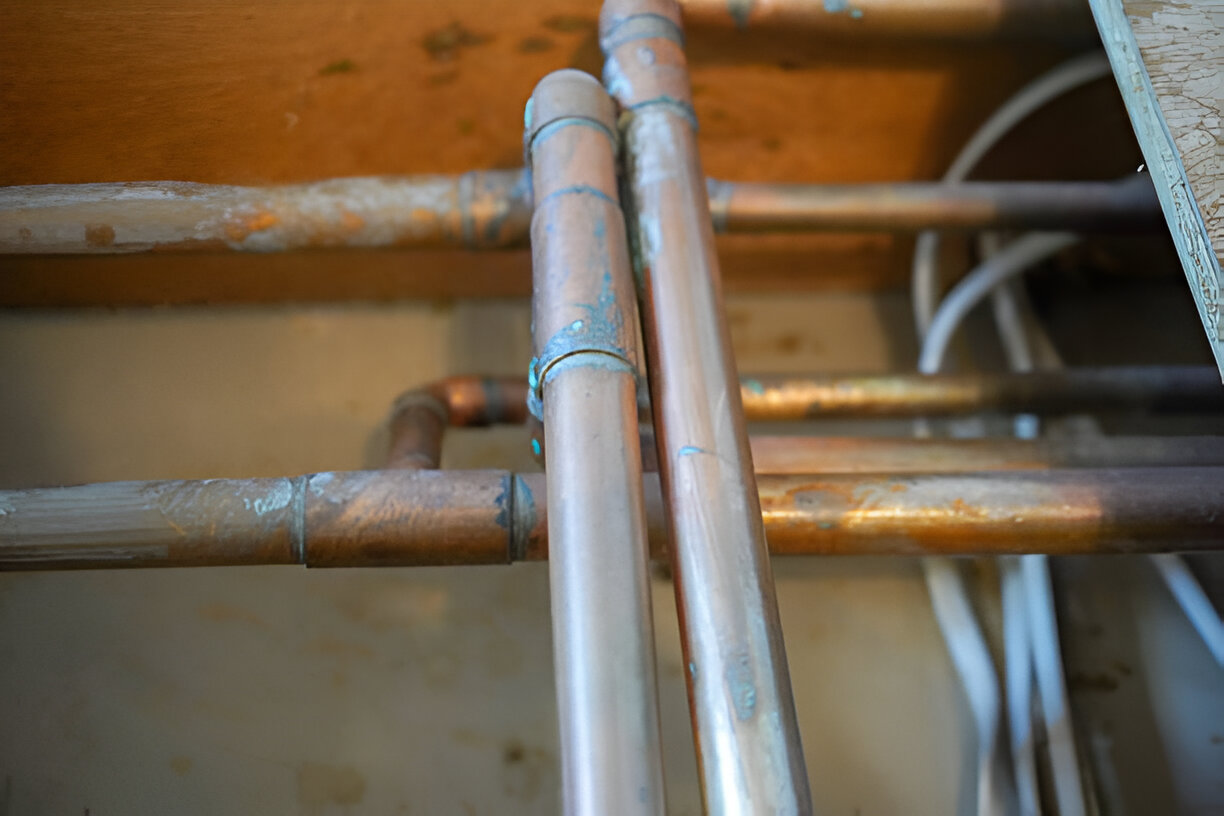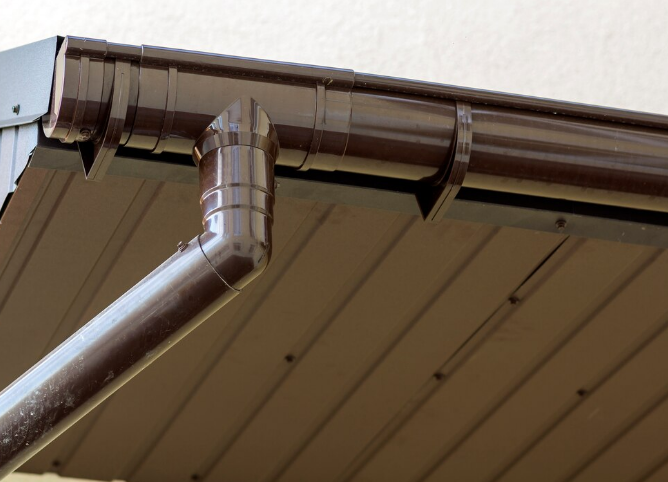Water damage is one of the leading causes of costly repairs to homes and businesses. From flooded basements to foundation cracks, water can wreak havoc if not properly managed. Installing a drainage system is a crucial step in protecting your property from these issues and ensuring long-term stability.
In this blog, we’ll cover the importance of installing a drainage system, the benefits it offers, and the essential steps involved in the process.
Why Is Installing a Drainage System So Important?
A drainage system is designed to manage the flow of water around your property, directing it away from your foundation and preventing it from pooling in areas that could cause damage. Without proper drainage, excess water can lead to a variety of problems, such as:
- Foundation damage: Water can seep into cracks in your foundation, causing it to shift, crack, or even collapse.
- Basement flooding: Poor drainage can cause water to accumulate in basements, leading to mold growth, property damage, and unpleasant odors.
- Soil erosion: Water runoff can wash away soil around your home or business, weakening the ground and causing structural instability.
- Landscaping issues: Excess water can damage plants, gardens, and lawns by drowning the roots or washing away the soil.
By installing a drainage system, you ensure that water is redirected away from your property, minimizing these risks and keeping your home or business safe and dry.
Types of Drainage Systems You Can Install
There are several types of drainage systems available, each suited to different needs and property layouts. The most common types include:
1. French Drains
French drains are one of the most popular options for residential and commercial properties. They consist of a trench filled with gravel and a perforated pipe that allows water to flow into the drain and be carried away. French drains are ideal for properties with excess surface water and are effective in both flat and sloped areas.
2. Surface Drains
Surface drains, or channel drains, are designed to catch water runoff from paved surfaces like driveways, walkways, and patios. These drains are installed along the edges of these areas, capturing water before it can pool or flow into undesirable areas.
3. Sump Pumps
Sump pumps are typically used in basements and crawlspaces to remove accumulated water. The pump sits in a sump pit and automatically pumps water away from your property when levels rise. This system is particularly useful in areas prone to flooding.
4. Downspout Extensions
Downspouts are part of your gutter system, and installing extensions can help direct rainwater further away from your foundation. Without downspout extensions, water can accumulate near your home’s base, leading to potential damage. By installing extensions, you help prevent foundation erosion and basement leaks.
5. Swales
A swale is a shallow, vegetated ditch that directs water flow across your property. Swales are commonly used to manage runoff from large, sloped areas, such as lawns or driveways, and can help prevent soil erosion while also improving the aesthetic appeal of your landscape.
The Drainage System Installation Process
Installing a drainage system can seem like a daunting task, but with the right knowledge and equipment, it’s a manageable project that can make a significant difference for your property. Here’s a general overview of the installation process:
1. Assessment and Planning
Before installing any drainage system, it’s important to assess the current water flow around your property. A professional will evaluate areas prone to flooding, soil composition, and the layout of your property to determine the best drainage solution. Proper planning ensures that the system will effectively divert water where it’s needed.
2. Excavation and Trenching
Once a plan is in place, the next step involves excavating the area where the drainage system will be installed. This may involve digging trenches for French drains, channel drains, or sump pump installation. The depth and size of the trench depend on the type of drainage system being installed.
3. Installation of Drainage Components
The next step is to install the necessary components. For a French drain, this involves laying down a layer of gravel, followed by a perforated pipe, and then covering the pipe with more gravel. For surface drains or downspout extensions, the drains are laid along the surface of the ground and connected to the main drainage system.
4. Connecting to an Outflow Point
To complete the drainage system, it’s important to connect the system to an outflow point. This could be a stormwater sewer, a dry well, or an area of your yard where water can safely flow away from your property. Proper connection ensures the water is diverted away from your foundation and landscaping.
5. Backfilling and Testing
Once all components are in place, the trenches are backfilled with soil and the system is tested to ensure it functions correctly. The water flow should be directed away from the house or business, preventing pooling or flooding. If necessary, adjustments are made to improve water flow.
Benefits of Installing a Drainage System
Properly installed drainage systems offer numerous benefits, including:
- Prevention of water damage: A well-designed system helps prevent water from infiltrating your basement, foundation, or landscaping.
- Protection of your property value: By preventing water-related issues, you maintain your property’s value and prevent expensive repairs.
- Health benefits: Reducing water pooling and excess moisture around your property can help prevent mold and mildew growth, promoting a healthier living environment.
- Improved landscape aesthetics: Proper drainage helps preserve your lawn and garden, ensuring that water doesn’t wash away soil or damage your plants.
FAQs: Installing a Drainage System
Q1: How do I know if my property needs a drainage system?
A: Signs that your property needs a drainage system include standing water, frequent flooding, basement leaks, or erosion around the foundation. A professional assessment can determine the best course of action.
Q2: Can I install a drainage system myself?
A: While some homeowners may be able to install basic systems, like downspout extensions, it’s often best to hire professionals for more complex drainage solutions to ensure proper installation and effectiveness.
Q3: How much does it cost to install a drainage system?
A: The cost varies depending on the type of system, the size of your property, and the complexity of the installation. A professional contractor can provide a free estimate.
Q4: How long does it take to install a drainage system?
A: The installation process typically takes a few days to a week, depending on the type of system and the size of the area to be addressed.
Q5: Can a drainage system prevent basement flooding?
A: Yes, installing a sump pump or French drain system can significantly reduce the risk of basement flooding by directing water away from your foundation.
Final Thoughts
Installing a drainage system is an investment in your property’s long-term health. Whether you’re dealing with a leaky basement, standing water, or soil erosion, a professional drainage solution can protect your home or business from water damage. Contact Gutter Xperts LLC for expert drainage system installation and ensure your property stays dry and secure.


